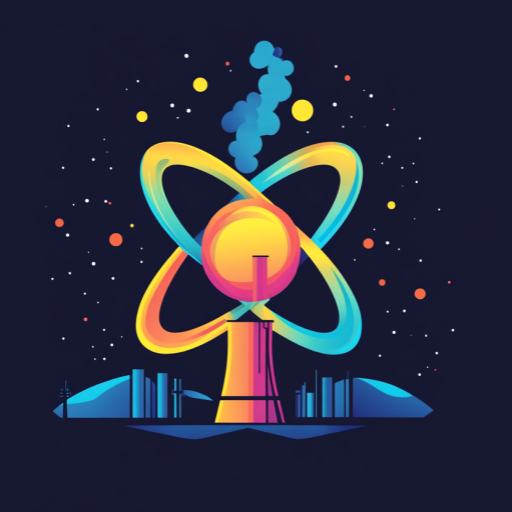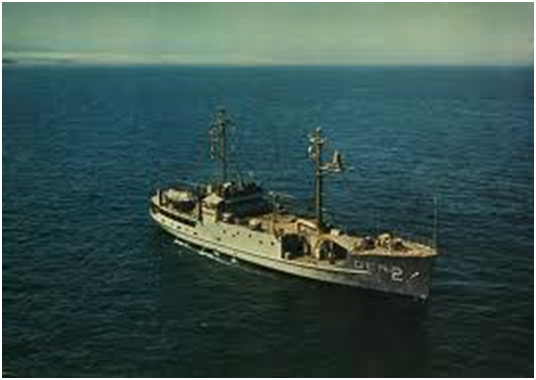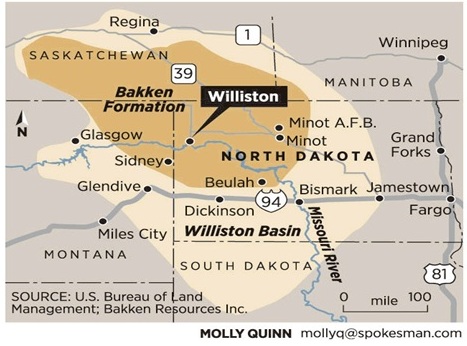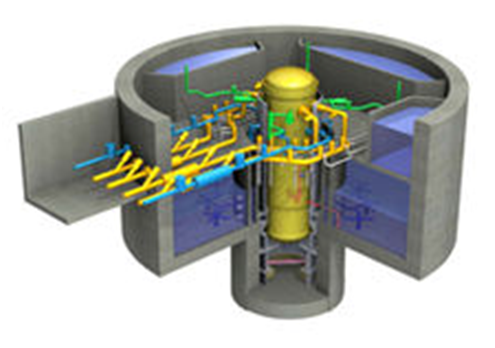The only nuclear bombs have been used during wartime were the two that were dropped on Hiroshima and Nagasaki by the United States in World War II. However, there have been plans by the U.S. and other countries to use nuclear weapons that were not carried out. Few of these plans were widely publicized and are not known by the public because they were classified military secrets. Every now and then, a particular plan surfaces. This blog post is about one such plan.
In 1968, the USS Pueblo was captured by North Korean. It was a sophisticated electronic surveillance ship being used to intercept electronic communications from North Korea. The US maintains that the Pueblo was in international waters when it was captured but the North Koreans claim that it was in their territorial waters. The crew was held and tortured for over a year. The ship carried a huge amount of U.S. intelligence including devices used to decipher encrypted U.S. military communications.
During this period, the U.S. was concerned that the U.S.S.R and/or China might be involved and have access to sensitive U.S. intelligence and the decoders. There was also concern that North Korea was planning on invading South Korea. Spies and saboteurs from North Korea were very active in that period, crossing the Korean Demilitarized Zone that separate the two Koreas in order to attack targets in the south. Under pressure from the Soviets, North Korea eventually released the crew of the ship which defused the crisis. They did keep the Pueblo.
Some U.S. documents were recently declassified that are related to the Pueblo incident. They concern contingency plans that were drawn up to deal with the capture of the Pueblo and the possibility of a North Korean invasion of South Korea. At the time of the Pueblo capture, the U.S. military called for sending Navy ships to North Korea to intimidate the North Koreans. Unfortunately for that suggested response, the Navy was occupied with the war in Viet Nam and no ships were sent on that mission. So the U.S. military suggested that we invade North Korea. They said that we could use our B-52 high altitude bombers to obliterate the North Korean air force. One problem with these invasion plans is that they would require that the U.S. pull out of Viet Nam completely to free up the twelve divisions of troops and the forty tactical bomber squadrons required. The five different invasion plans were collectively known as “Fresh Storm.”
In addition to the invasion plans, there was a plan to use nuclear weapons. This plan was called “Freedom Drop.” The commander of the U.S. Pacific Fleet had drawn up the plans for the nuclear attack against North Korean military targets. The Chairman of the U.S. Joint Chiefs of Staff approved the plan but there was a delay in relaying that approval to the Pacific Fleet. The plan called for using Honest John rockets and Sergeant missiles to deliver seventy kiloton warhead to North Korean targets. If that plan had been carried out, it would have devastated North Korea, killing millions of people. South Korea would have fallen victim to fallout and other environmental destruction that would have taken many lives. Fortunately for all the people living on the Korean peninsula, the plan was never carried out. The U.S. military is concerned with using weapons to attack enemies. In the U.S., the civilian government controls the military which reduces the possibility of U.S. military action and encourages other approaches to international tension including diplomacy and trade.
U.S.S. Pueblo:






